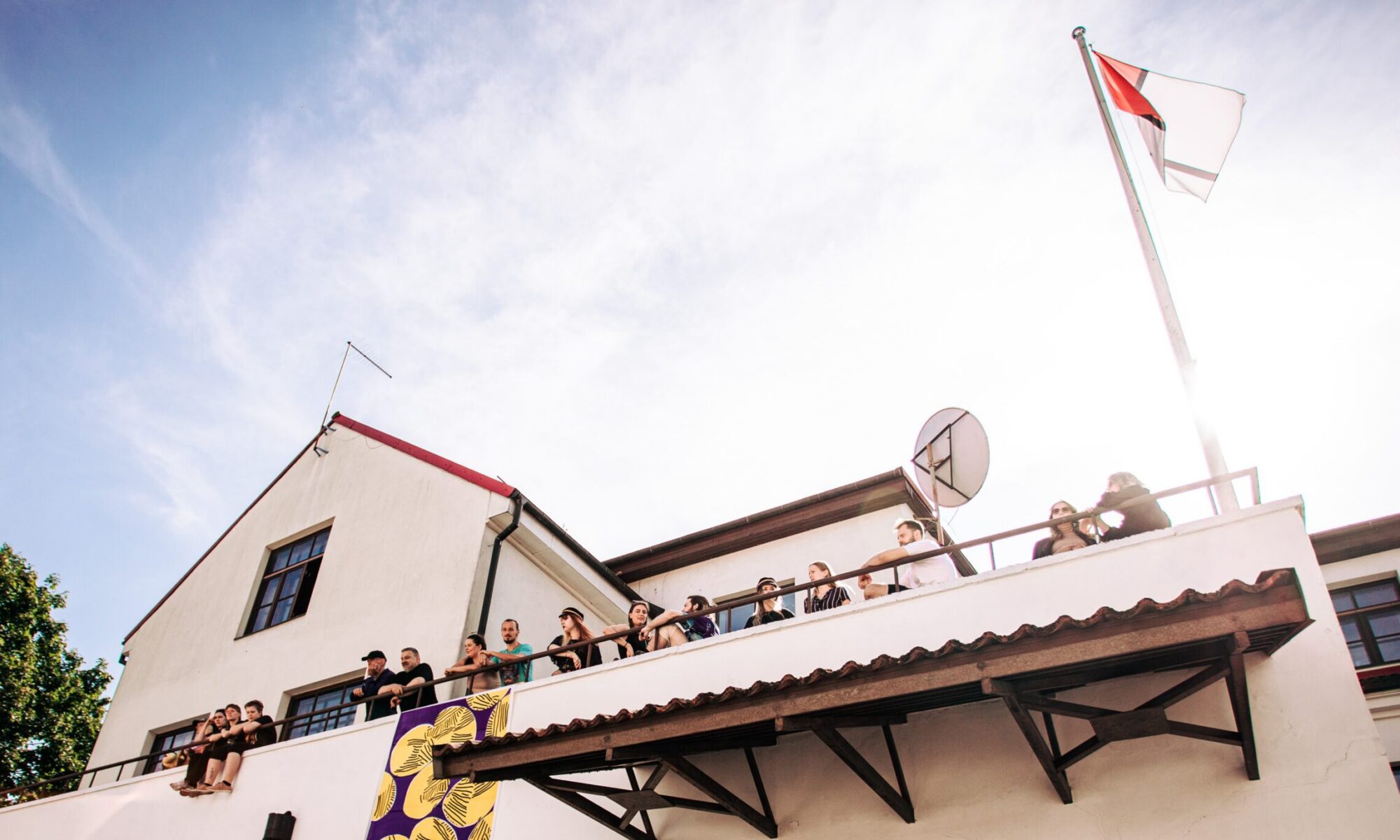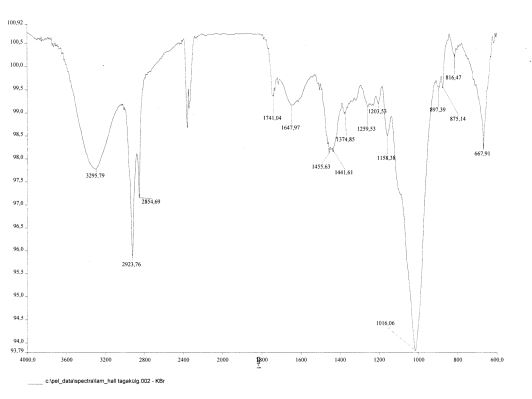Antud lõputöö eesmärk on tutvustada mööblitööstuses tekkivate jääkide probleemi. Käsitlen oma lõputöös vaid ühte osa materjalidest, mida ei ole lihtne utiliseerida – laminaati ja lamineeritud plaatmaterjale.
Uuringu käigus soovisin teada saada, milliseid mooduseid ettevõtted oma jääkide utiliseerimiseks kasutavad. Ka oli eesmärk vaadata, mis toimub Eestis ja mujal maailmas jäätmekäitluses ning teha mõned katsed. Samuti tegin intervjuud selle valdkonna spetsialistidega: kahe ettevõtte tegevjuhi, ringmajanduse spetsialisti ja TalTechi professoriga, et saada erinevaid vaatepunkte antud teemale.
Lõputööl on kvalitatiivsele uurimismeetodile omane ülesehitus ning see annab ülevaate laminaatide põletamisest kuni jäätmekäitluse lahendusteni.
The aim of this thesis is to introduce the issue of residual products arising from the furniture industry. In the thesis, I focus only on a part of the materials which are not easy to dispose of – laminate and laminated plates.
With the study, I wanted to investigate which methods enterprises use to dispose of their residual products. Another aim was to examine the current waste management situation in Estonia and elsewhere and to conduct some experiments. In addition, I interviewed some specialists in the field – two CEOs, a circular economy expert, and a TalTech professor – to provide different points of view on the topic.
The thesis follows the structure of qualitative research methodology and provides an overview of topics from the burning of laminates to the solutions of waste management.







